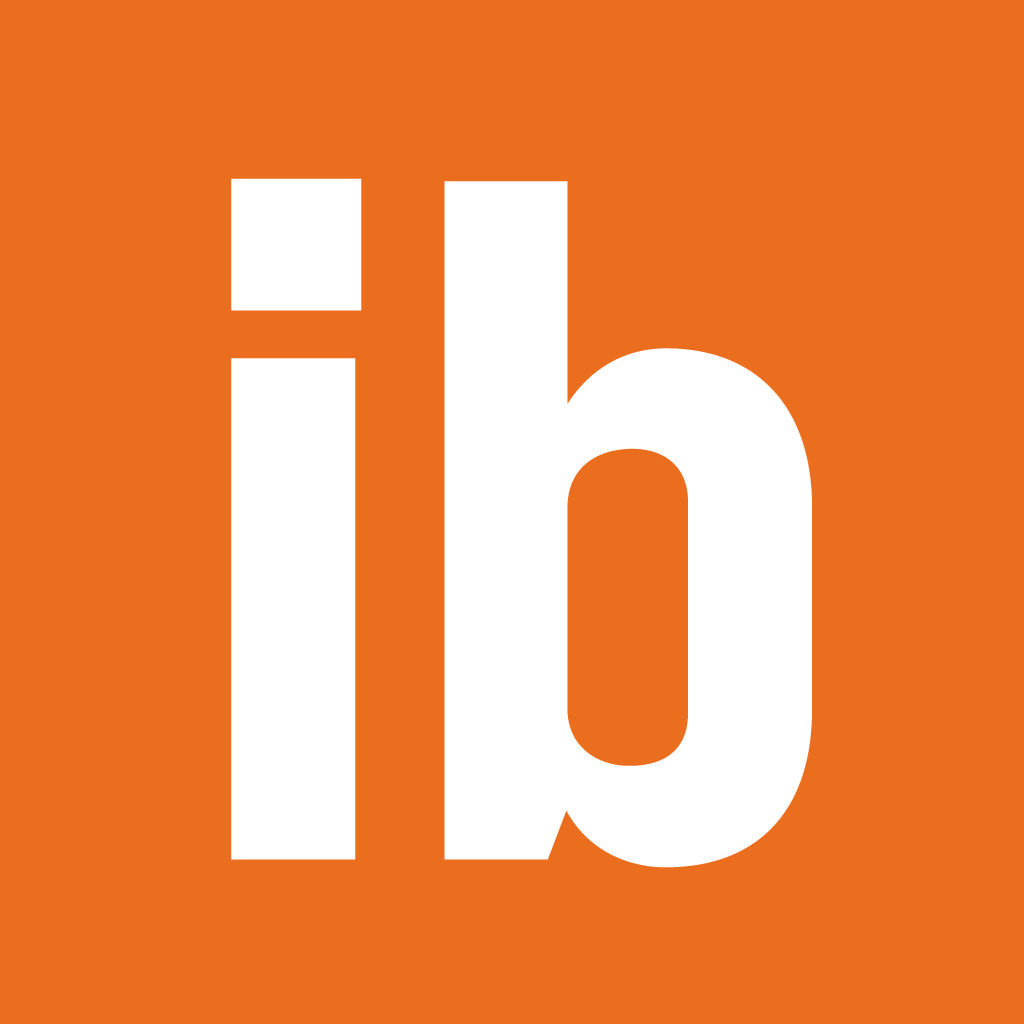It might be hard to believe, but did you know that checks are more susceptible to fraud than electronic payments? Read on to learn more!
You’ve heard it a million times already – cyberfraud isn’t going away anytime soon.
So, what are you doing to protect your business?
Maybe you’re taking the old-fashioned route and sticking to paper checks and traditional payment methods.
Or maybe you’re embracing technology and the efficiencies it creates for your business.
Either way, what if we told you that, used properly, electronic payment systems are much safer than paper.
Here’s why it’s true…and how you can use electronic payments to keep your business operating efficiently and safely.
What electronic payments are available to businesses?
First, let’s start with what we mean when we refer to “electronic payment systems.” (Psst…you can also learn more about these tools here).
Business Bill Pay
Business Bill Pay is a tool within online and mobile banking through which you can send your accounts payable through the use of pre-created vendor templates using only the name and address of the company you’re paying. You probably use it today for your personal accounts to pay bills, and it’s an easy and fast way to make your payments. In fact, 98% of all transactions are sent electronically the next day. You can even schedule your payments in advance and set up automatic payments to ensure you never miss a due date.
Automated Clearing House (ACH)
ACH is a great way to send money electronically and is generally used for direct deposit of payroll and sending other payments. ACH payments require the routing and account number of the person or organization you’re paying.
ACH isn’t just for making payments – it’s also a great way to collect payments and can be set up for monthly payments to improve the efficiency and convenience of payment acceptance.
Wire Transfers
Wire transfers can help you send money domestically or internationally on the same day. These also require the routing and account number of the recipient. These payments cannot be recovered if sent in error, so banks typically require a verification process to ensure they are being sent correctly.
Are electronic payments safe?
There are, of course, cyber threats associated with electronic payments like bill pay, ACH, and wire transfers, particularly if they aren’t used properly.
However, when we consider the safety of these electronic payments relative to the safety of payment options like paper checks, it’s clear that electronic payments are your business’s best bet.
According to the 2022 AFP® Payments Fraud and Control Survey, 71% of organizations were victims of payment fraud attacks or attempts in 2021.
Checks and ACH debits were the payment methods most impacted by fraud activity – but you might be surprised to learn that checks were impacted in 66% of cases and ACH debits were impacted in 37% of cases.
In other words, checks are nearly 50% more susceptible to fraud attacks or attempts than ACH debit transactions.
And if you think about it, it makes sense. A check contains your name, address, account number, routing number, and even your signature. And when it sits in the mailbox (either yours or your recipient's), it doesn’t take a sophisticated criminal to steal it.
Electronic payments, on the other hand, stand behind passwords, multi-factor authentication, and verification processes, making them much more challenging for a fraudster to access.
How can I protect my business accounts from fraud?
Here are a few ways to keep your business account safe:
Review your bank accounts daily
Review your accounts and notify the bank of any suspicious transactions prior to 10:00am. Businesses are often liable for fraudulent transactions if they don’t notify their bank within a business day.
Set up account alerts
Use online and mobile banking to set up alerts to notify you of all account activity, so you can spot potentially fraudulent transactions in real-time.
Add Positive Pay to your accounts
If you can’t review your accounts daily (or simply don’t want to), consider adding Positive Pay to your accounts. With Positive Pay, you provide your bank with all checks written from your account as well as ACH transactions and/or vendors, so if anyone tries to complete a transaction that isn’t approved, your bank can catch it before the money leaves your account.
Verify payment instructions
Always verbally verify written payment instructions via a vetted phone number you have for your vendor, supplier, employee, etc.
Nefarious actors may, for example, request payment from an email address similar to one you recognize (for example, instead of accounting@abccompany.com, you get an email from accounting@abcompany.com – did you catch the missing “c” in the email address?).
By reaching out to the vendor using a known, verifiable phone number, you can catch fraudulent requests for payment.
Question requests for secrecy or the need to act quickly
Confirm all internal requests for money movement and question the need for secrecy or the need to act quickly. Fraudsters may ask that you don’t tell anyone about a payment (always with a seemingly rational reason) so no one else can question the payment. Or they may create a false sense or urgency, hoping that you don’t take your normal steps to verify the payment.
Take your time, follow your usual processes, and be wary of attempts to get you to skip steps.
Purchase cyber insurance
Cyber insurance can help protect your business from the risks of cybersecurity and helps cover your liability for breaches of sensitive information like social security numbers, customer information, credit card information, and more.



